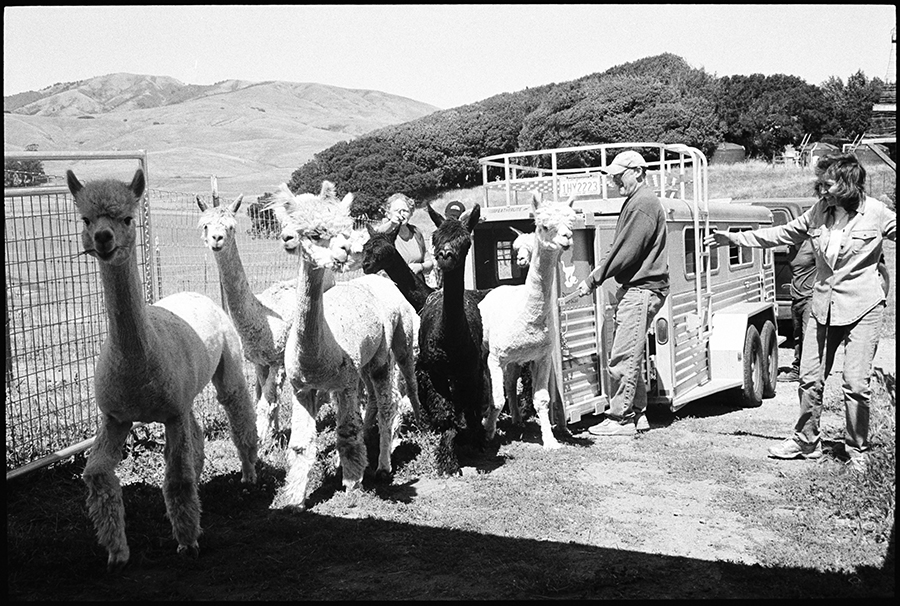Twelve alpacas arrived at a Nicasio ranch on Monday afternoon, galloping out of a trailer to survey their new home, their long necks seeming to . . .
Nicasio alpaca ranch first in county


Twelve alpacas arrived at a Nicasio ranch on Monday afternoon, galloping out of a trailer to survey their new home, their long necks seeming to . . .